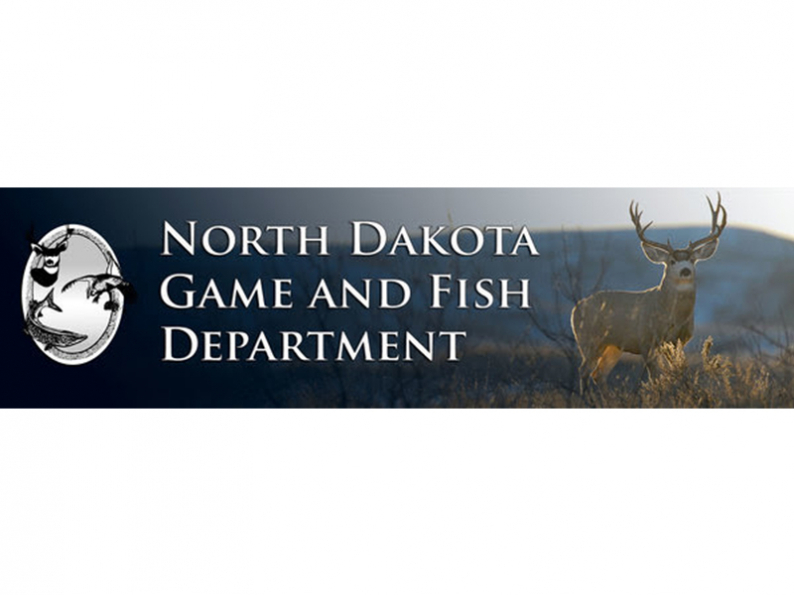
Biologists counted 2,540 mule deer in 245.8 square miles during this year’s survey. Overall mule deer density in the badlands was 10.3 deer per square mile, compared to 10.9 in 2017.
Big game management supervisor Bruce Stillings said mule deer in the badlands have recovered nicely following the winters of 2009-11, which led to record low fawn production and a population index low of 4.6 mule deer per square mile in 2012.
“The population recovery is due to no antlerless harvest for four years combined with milder winter conditions during 2012-2016, which led to good fawn production since 2013,” Stillings said. “However, the long-term health of the population will depend on maintaining high quality habitat. Rangeland conditions are in tough shape in the badlands due to drought conditions, and could have a negative impact on fawn production this summer.”
The 2018 survey results show that hunting opportunities, according to Stillings, can increase slightly in all badlands units except 4A, which has been slower to recover than the rest of the badlands units. “There are localized areas that have very high mule deer densities and have exceeded landowner tolerance levels,” Stillings said.
The spring mule deer survey is used to assess mule deer abundance in the badlands. It is conducted after the snow has melted and before the trees begin to leaf out, providing the best conditions for aerial observation of deer. Biologists have completed aerial surveys of the same 24 study areas since the 1950s.